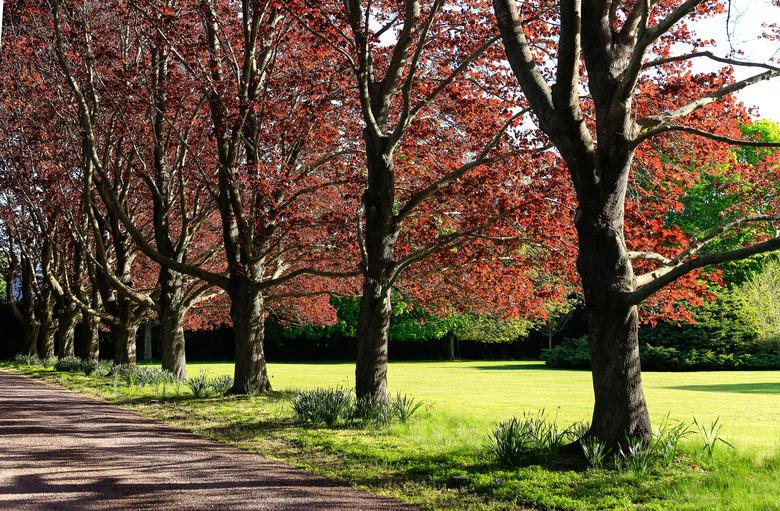How To Tell The Difference Between A Red Oak Tree And A White Oak Tree
When one comes across an oak tree (Quercus spp.), most can identify what it is compared to other trees, but many don't know that there are a variety of oaks. Not only can it be difficult to identify a difference in oak trees if you were to line them up, but many oaks are hybridized as well. Although it may seem complicated, there are ways to differentiate red oak trees from white oak trees.
Where Do Red and White Oak Trees Grow?
Oak trees come from a large group of trees called the beech family (Fagaceae) that include beech, chestnut, and oak trees. Oak trees are in the genus Quercus, which includes as many as 60 species in the United States. The genus name is from a Latin word meaning oak tree. Within the Quercus genus, there are two primary categories of oaks: white and red.
Red and white oaks grow throughout the United States and Canada. The white oak group, which includes the white, bur, overcup, post, Chapman, chestnut, swamp chestnut, swamp white and chinkapin, grow on the eastern half of the continent. Whereas the Gambel, Oregon white and California white oaks grow in the Far West.
Red oak trees have different eastern species called the myrtle oak, bear oak and turkey oak. However, red oak trees mainly exist in the western states alongside the blue oak, California black oak, canyon live oak, interior live oak, Silverleaf oak, Engelmann oak and Emory oak. Since red and white oaks are only found in North America, the main ways to tell the differences between the two are by examining the leaves, acorns and bark.
The Leaves of Red and White Oak Trees
If you want to know the type of oak group that a species of trees belong to, look at the leaves of the oak tree. The white oak leaf has rounded ends just like a bur oak tree. The foliage has rounded serrations on the margins, which is the same as various chestnut oak trees.
On the other hand, the red oak leaf has a variety of leaf characteristics. Some trees have a pointed lobe that has bristles on the ends. Other red oak tree leaves have spiny teeth on the margins, smooth edges or edges that are smooth with just one bristle at the apex of the leaf.
Tree leaves are either pointed or rounded. Lobed leaves, like the oak tree, have lobes on either side of a central axis, just like a feather. Lobed leaves spread from one distinct point, just like fingers on a hand.
Oak Tree Acorn Differences
White oak acorns mature quicker than the fruits of red oaks. White oak acorns can often develop fully in just one season, whereas red oak acorns need about two seasons to fully mature. Red oak acorns and white oak acorns differ in size because of the maturation rate. If an acorn is more mature than a newer acorn, this means that there will be a variety of acorn sizes.
The meat of a white oak acorn doesn't have a bitter taste compared to the red oak acorn. The red oak acorn is bitter because tiny hairs grow on the inside of the shell, which cause the meat to have a bitter taste. On the other hand, white oak acorns hardly have any hair on the inside, so the meat doesn't have a bitter taste.
Oak Tree Bark Differences
White oak bark has a more grayish tinge and a scaly look and texture. The red oak bark is naturally much darker. Some of the bark is so dark that it almost looks black. The red oak bark has deep furrows throughout with ridges crisscrossing the trunk.
